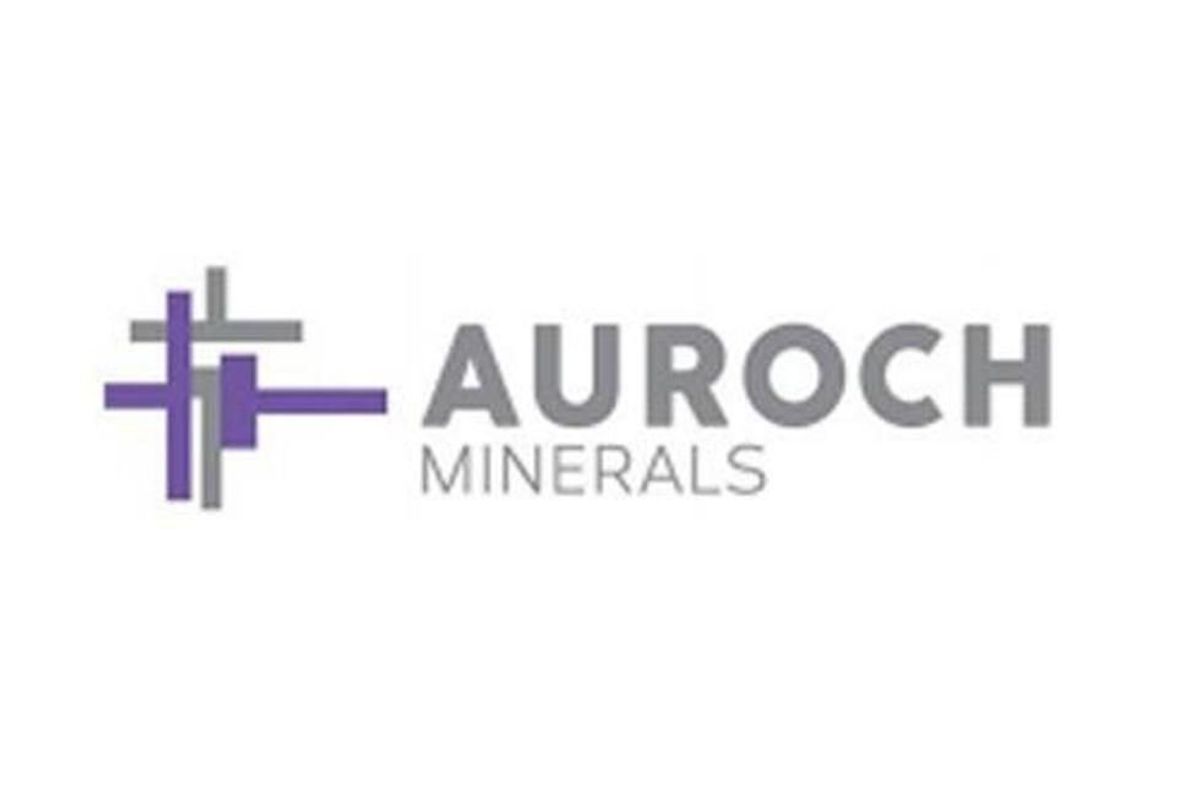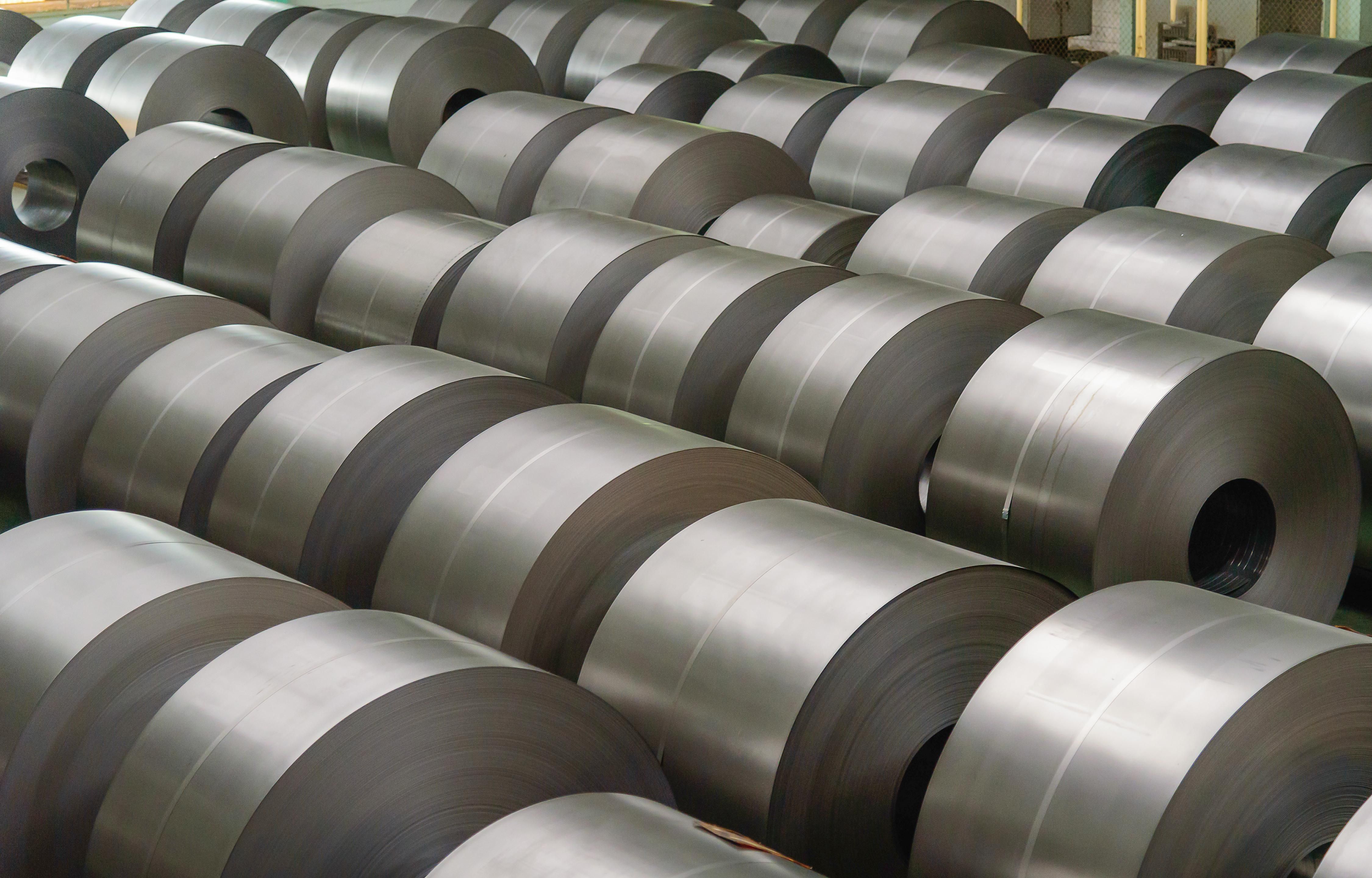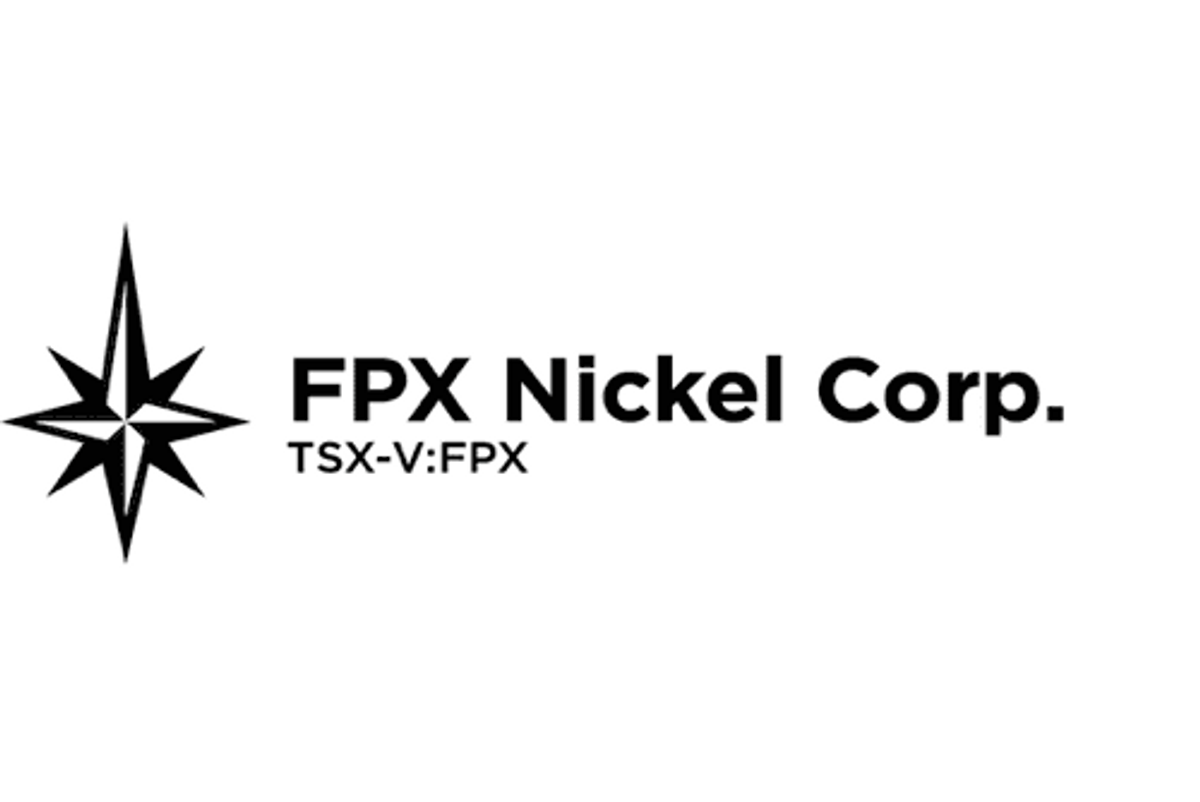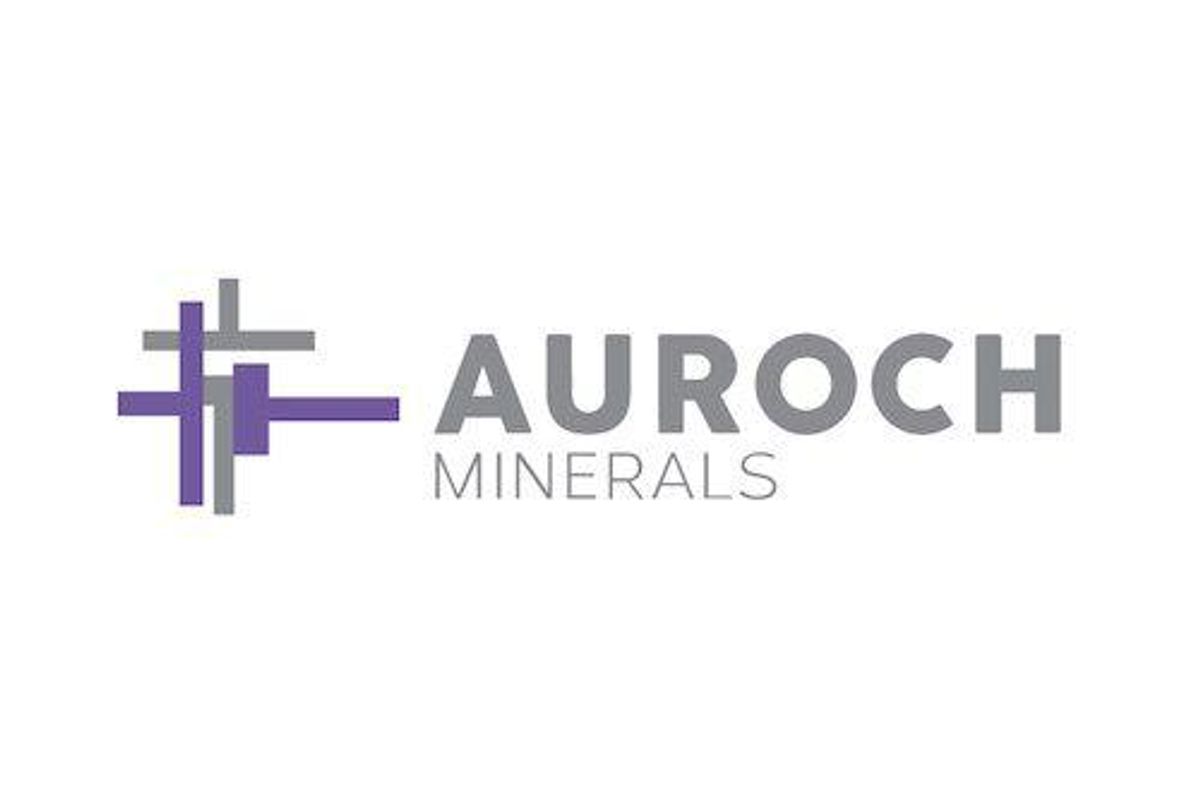
October 13, 2021
Auroch Minerals Limited (ASX:AOU) (Auroch or the Company) is pleased to announce that it has commenced sampling as part of the assessment of the lithium-caesium-tantalum (LCT) mineralisation potential at the Nepean Project in Western Australia (Auroch Minerals 80%).
Highlights
- Abundant pegmatites identified at the Nepean Project to be sampled for lithium-caesiumtantalum (LCT) mineralisation
- Recent drill-hole NPDD008 testing the Nepean Deeps nickel exploration target intersected a total of 700m of pegmatite intrusions, including one 350m thick pegmatite in the hanging-wall below the historic nickel mine workings1
- Multiple commodities including lithium and tantalum were historically mined from pegmatite intrusions at the Londonderry deposits only 6km north of the historic Nepean nickel mine
- Down-hole geophysical surveys are currently being completed on drill-hole NPDD008 to identify potential nickel sulphide targets for the ongoing Nepean Deeps drill programme
Pegmatite intrusions have been identified throughout the project area, including at the historic Nepean nickel mine itself, where multiple pegmatites intruded the mine sequence but were not historically assessed for any economic potential.
The abundance of pegmatites was also identified in the recently-completed first diamond drill-hole into the Nepean Deeps target, which was designed to test for down-plunge extensions to the highgrade nickel sulphide mineralisation below the historic Nepean mine. The drill-hole successfully intersected 46m of komatiitic ultramafics over three lower intervals which are highly prospective for nickel sulphide mineralisation (Figure 1)1 . In addition the hole intersected approximately 700m of pegmatite intrusions, including one 350m thick pegmatite in the hanging-wall below the historic nickel mine workings (Figure 1, Photograph 1)1 .
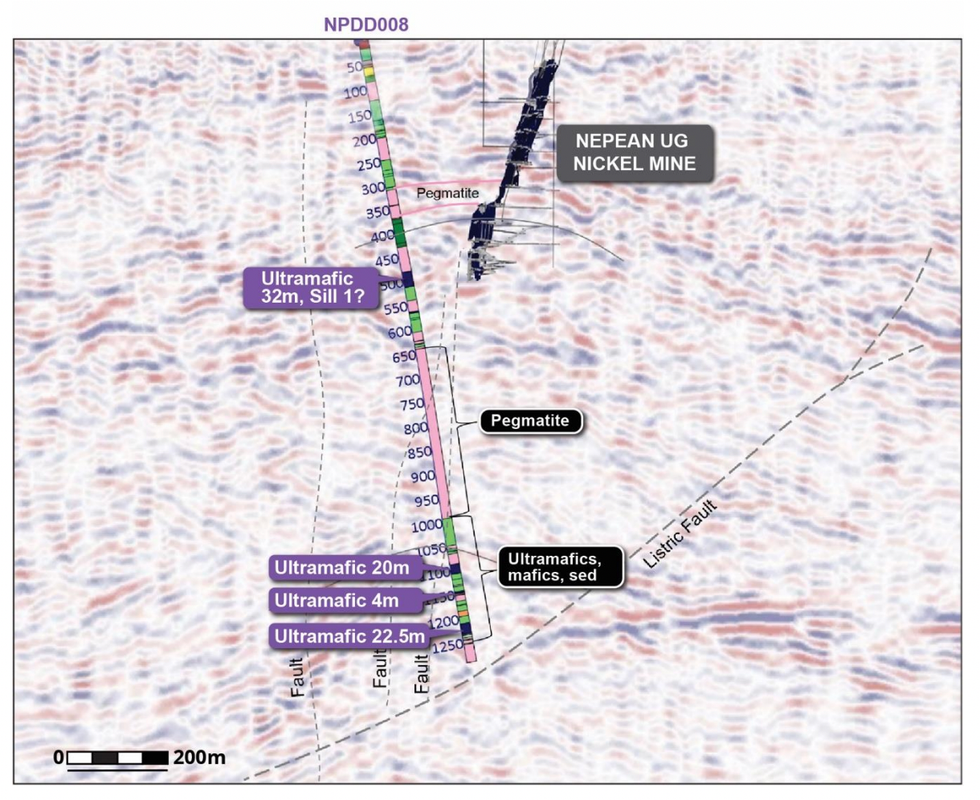
The Company has initiated sampling of the pegmatites from the diamond core to be submitted for assaying for LCT mineralisation.
AOU:AU
The Conversation (0)
23 September 2021
Auroch Minerals
Exploring High-Grade Nickel Sulfides in Western Australia
Exploring High-Grade Nickel Sulfides in Western Australia Keep Reading...
01 December
Tartisan Nickel Corp. Acquires Apex Claims Contiguous to the Kenbridge Nickel Copper Cobalt Project, Northwestern, Ontario
Tartisan Nickel Corp. (CSE: TN,OTC:TTSRF) (OTCQB: TTSRF) (FSE: 8TA) ("Tartisan", or the "Company") is pleased to announce that it has completed the purchase of three claims historically identified as the "Apex Claims" located in the Atikwa Lake region, in the Kenora Mining District, Northwestern... Keep Reading...
10 November
Top 5 ASX Nickel Stocks of 2025
Although countries around the world have been adding nickel to their critical minerals lists, many nickel companies have faced difficulties recently due to a tough price environment.Nickel prices started 2025 with high volatility before flattening in Q3 at around US$15,000 per tonne.Price... Keep Reading...
03 November
Top 5 Canadian Nickel Stocks of 2025
Nickel prices have experienced volatility in the past few years due to supply and demand uncertainty. While demand has been consistent, prices have been mainly influenced by structural oversupply stemming from high output from Indonesia, which rapidly increased output in recent years to become... Keep Reading...
29 October
Nickel Price Update: Q3 2025 in Review
Nickel prices were volatile in the first half of 2025, but evened out in Q3 amid ongoing oversupply concerns.The market has also faced considerable uncertainty as the US adjusts its trade and spending policies, with headwinds coming from the end of the country's electric vehicle (EV) tax credit... Keep Reading...
Latest Press Releases
Related News
TOP STOCKS
American Battery4.030.24
Aion Therapeutic0.10-0.01
Cybin Corp2.140.00
